Contact Sheets
Contact sheets are supposed to reveal the method of the photographer and make editing simpler. I have to confess that I had little time for contact sheets mainly because their creation took up so much valuable time. If I was on a shoot for a magazine I needed to get half a dozen or so 10″ x 8″ prints to the editor at about 5pm. After processing and drying the film I would hold the entire strip up against the window and ‘read’ the negatives with a clear view in my head of what the individual positive images would be like. I would then proceed immediately to print the chosen negatives in the darkroom with the complete uncut roll of film drooping from the enlarger film carrier. I found my ability to ‘read’ negs in daylight to be reasonably accurate and so I tended to regard contact sheets as an unnecessary diversion. Nevertheless in 1984 I decided to make contact sheets of all my negatives. The sheets produced were often a selection of different negative strips on one sheet. Anyway here is one contact sheet which emerged from my self induced negative chaos ……
In the 1830s life in villages like Tolpuddle was hard and getting worse. Farm workers could not bear yet more cuts to their pay. Some fought back by smashing the new threshing machines but this brought harsh punishments.
In 1834, farm workers in west Dorset formed a trade union. Unions were lawful and growing fast but six leaders of the union were arrested and sentenced to seven years’ transportation for taking an oath of secrecy. A massive protest swept across the country. Thousands of people marched through London and many more organised petitions and protest meetings to demand their freedom.
The 150th anniversary of the original protest saw a huge turn out, Neil Kinnock (photographed above), Labour Leader, headed a list of top speakers. At the time Margaret Thatchers Government had banned Trade Unions from the secret defence HQ known as GCHQ these rights were later restored following a long campaign.

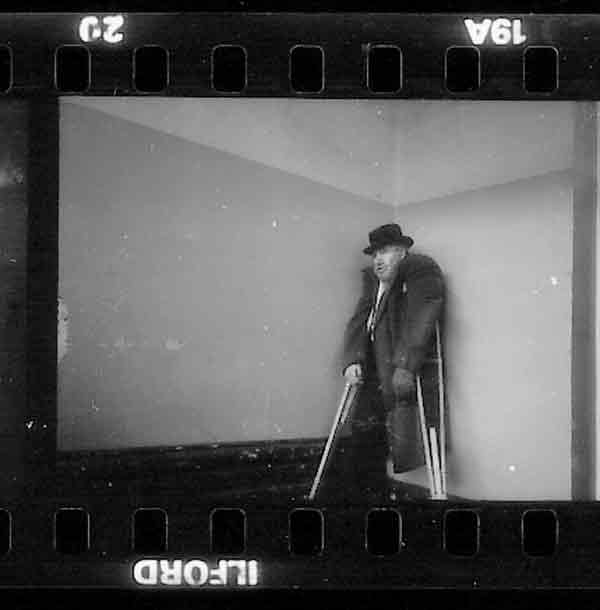

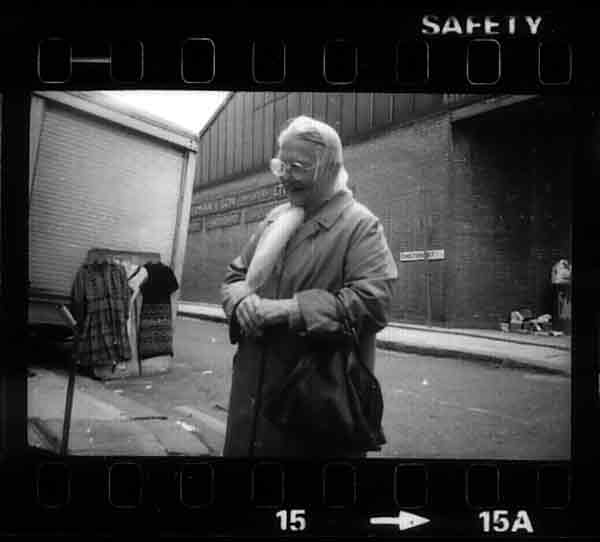
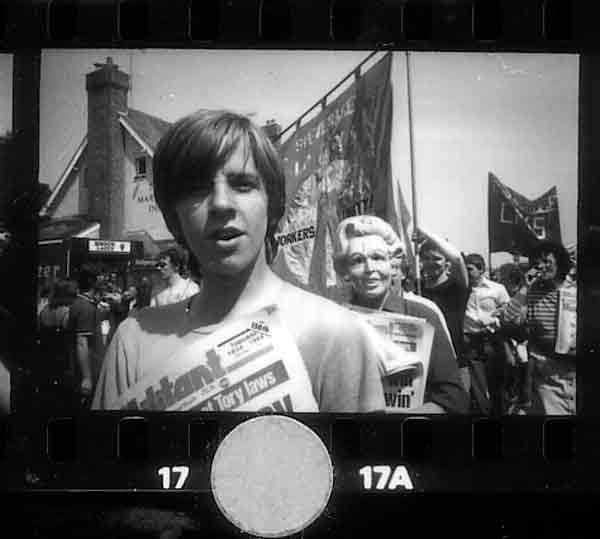
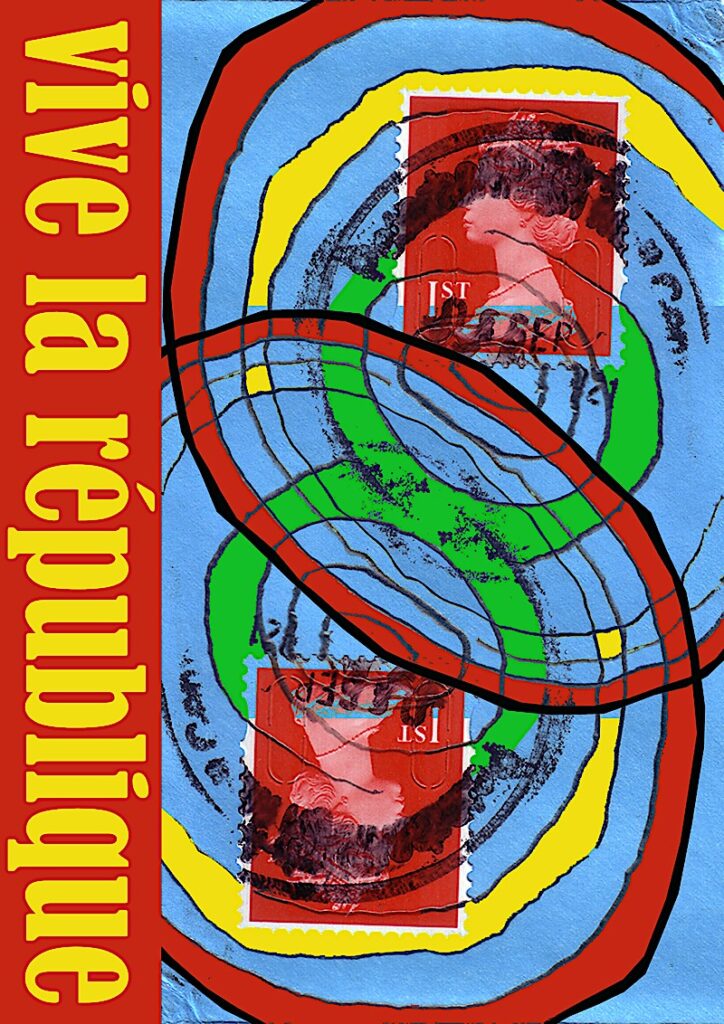
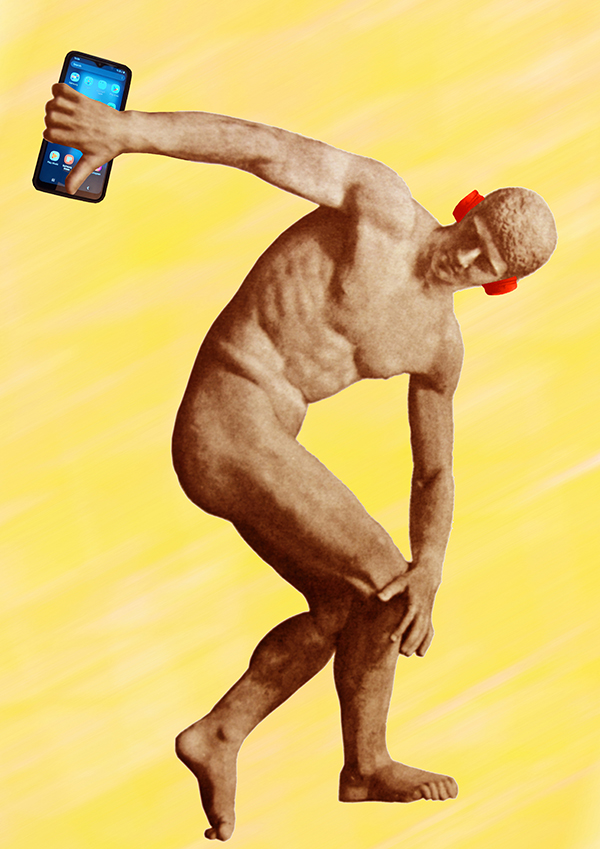
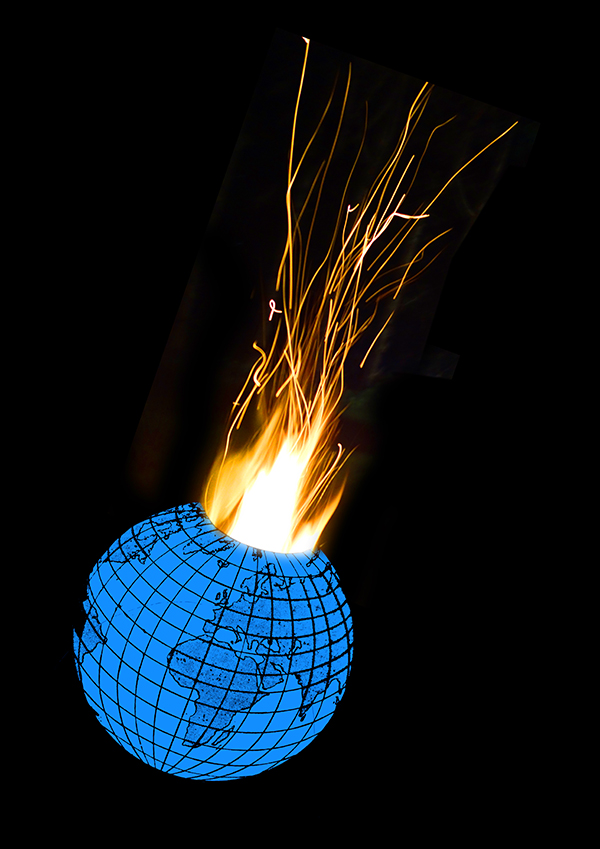

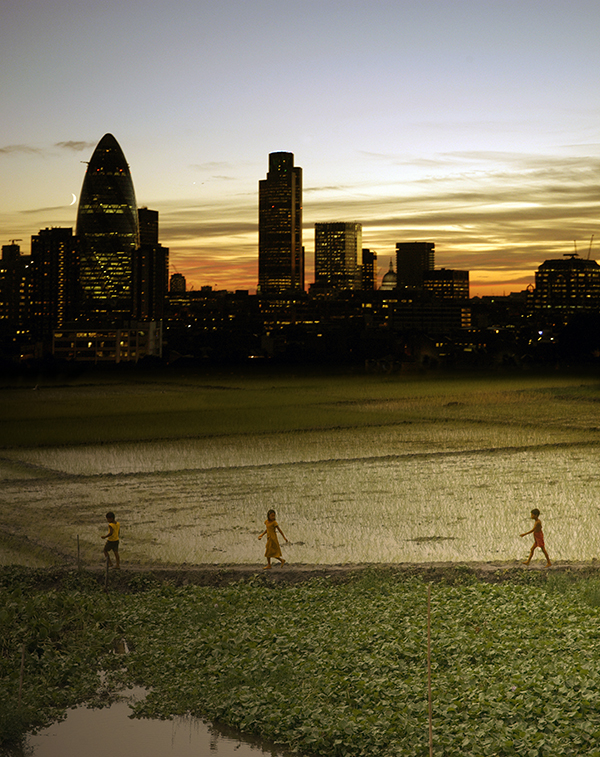
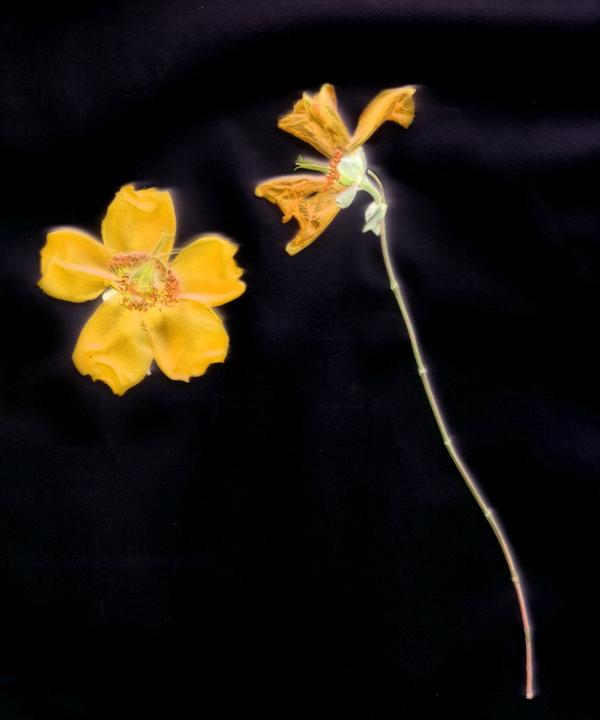
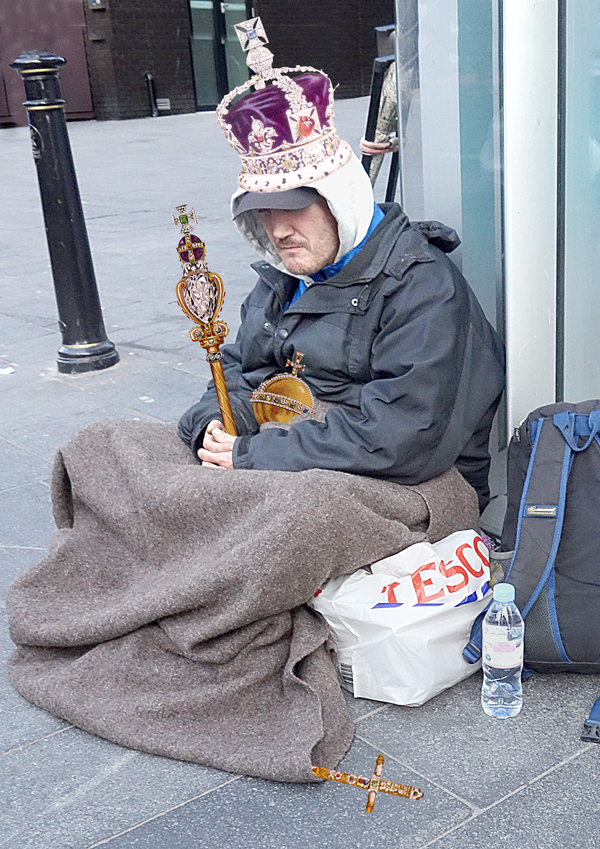

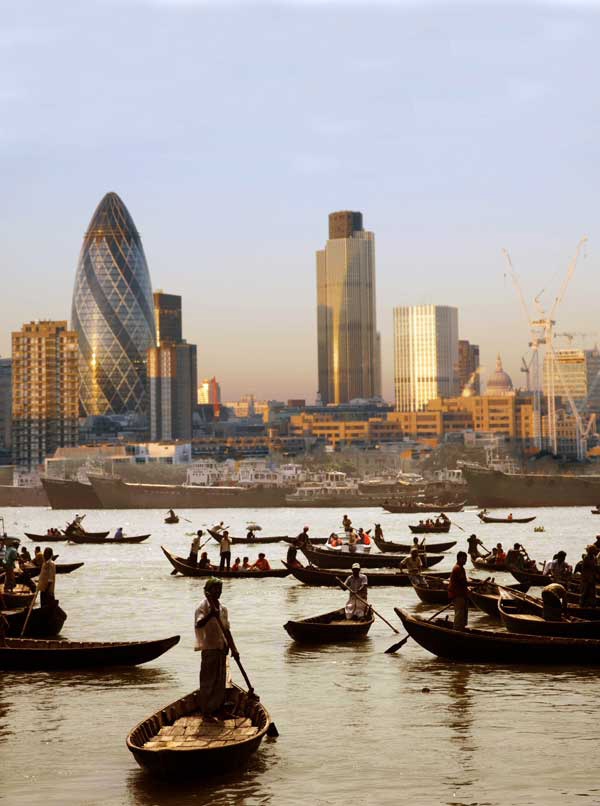
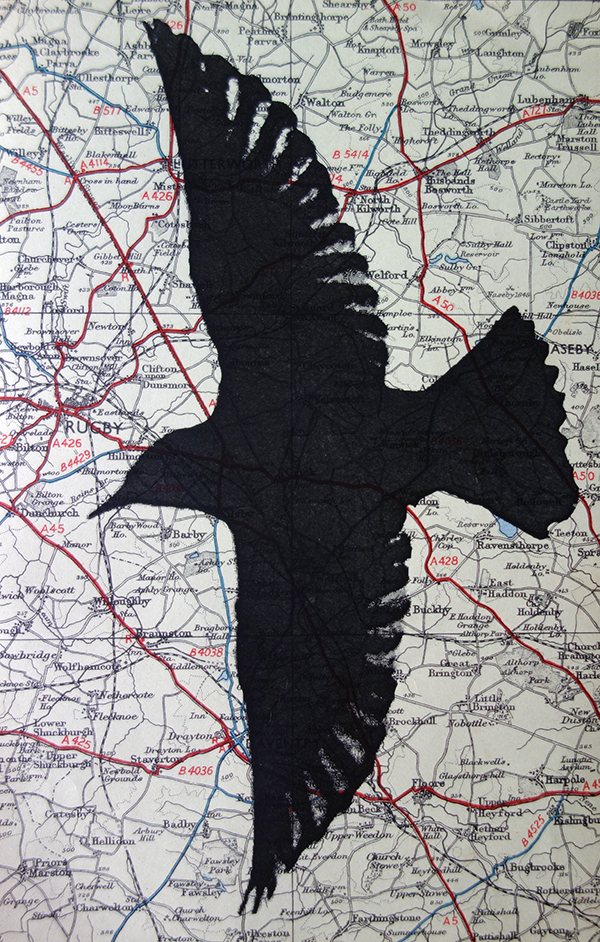
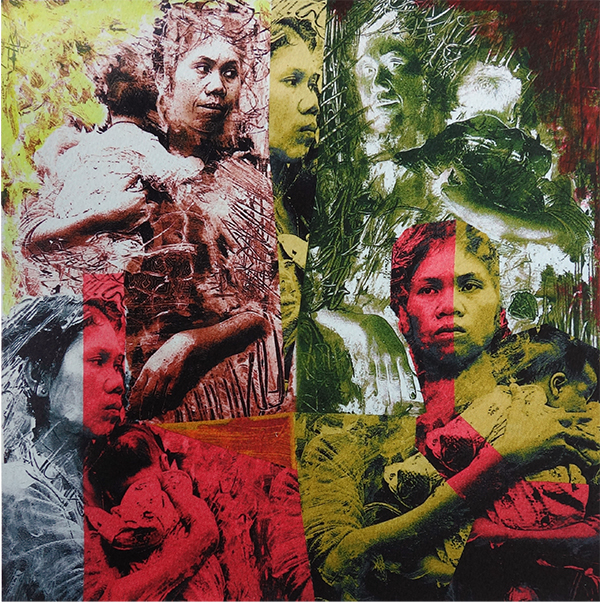
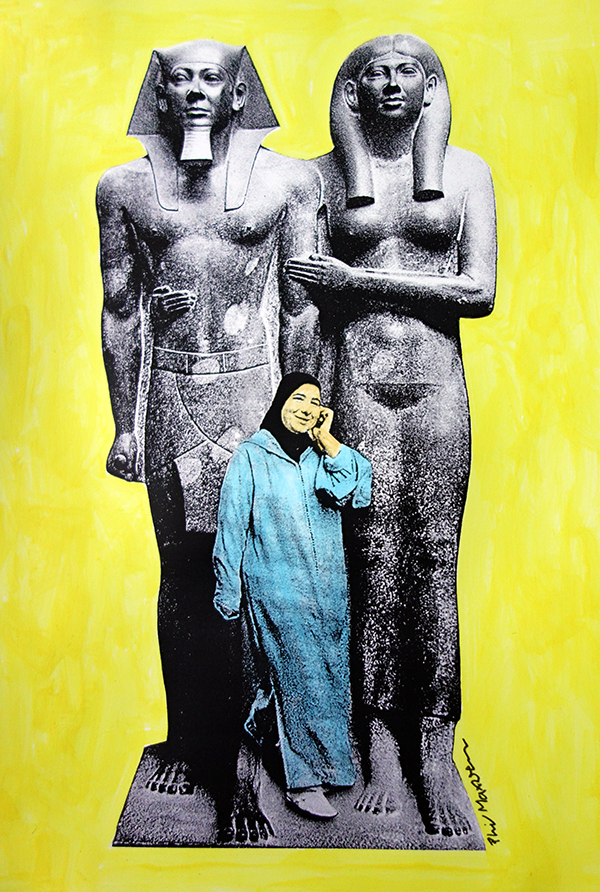
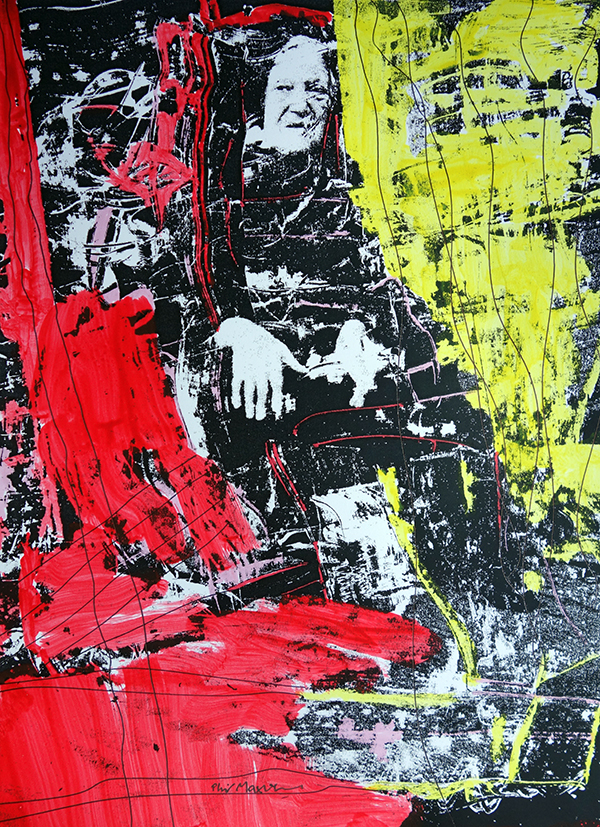
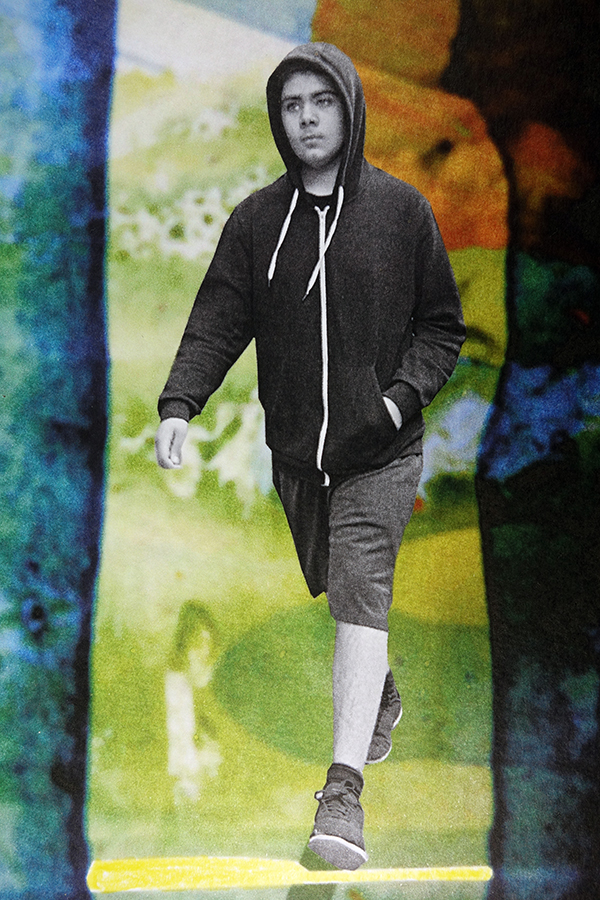
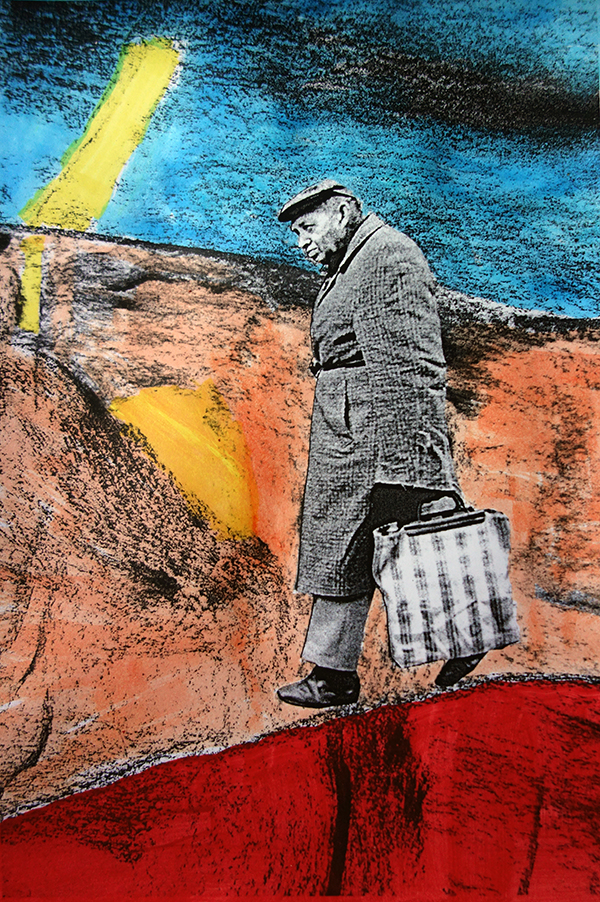
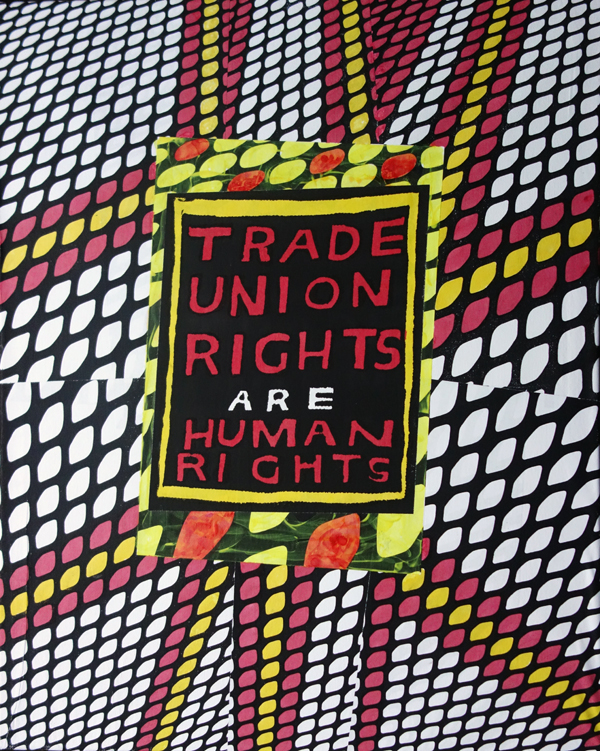
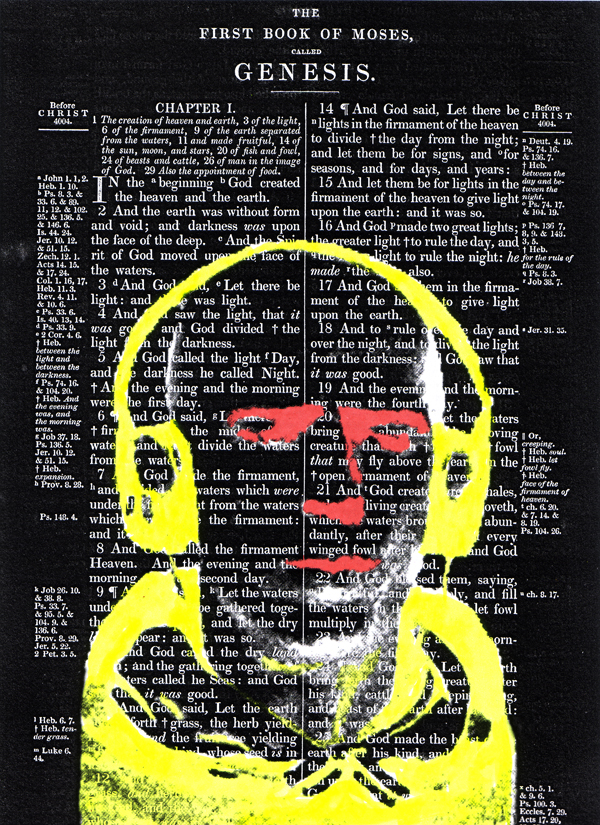
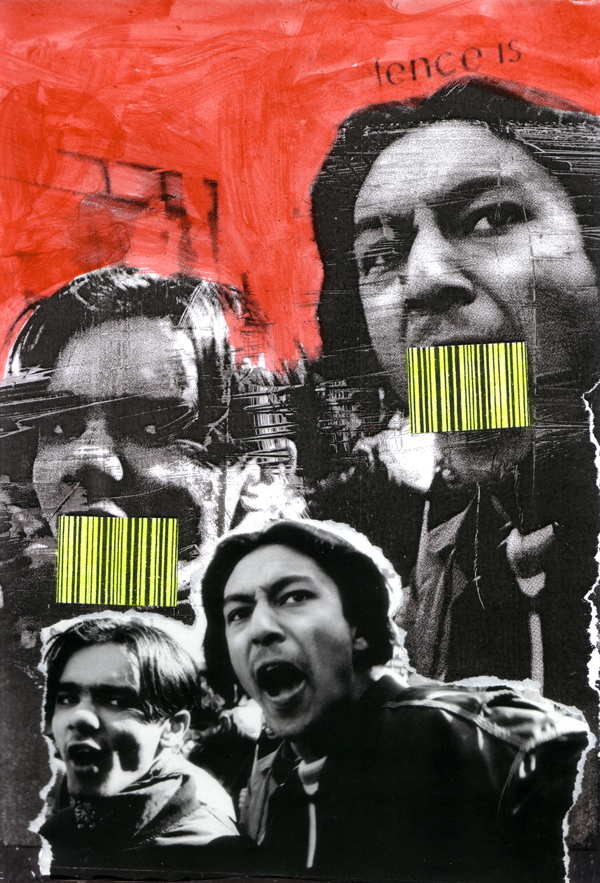
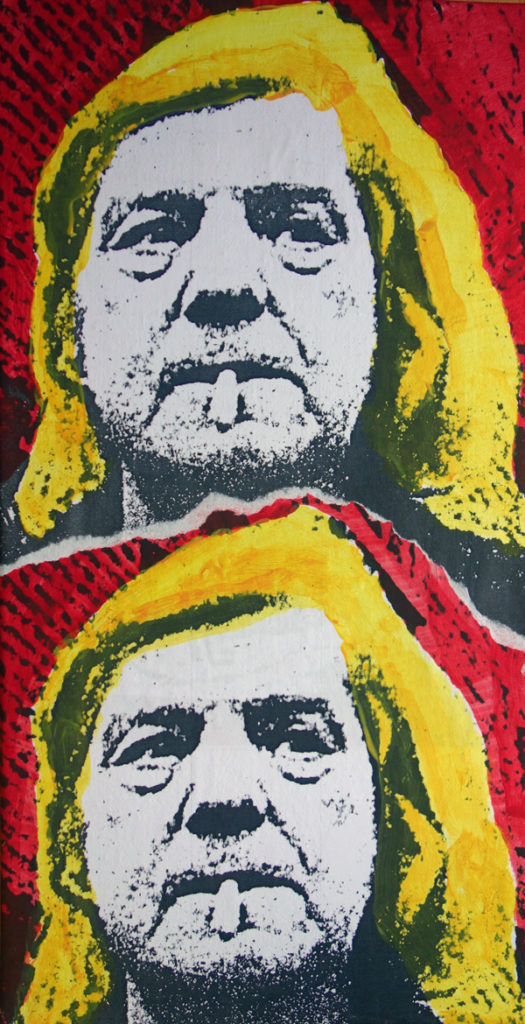
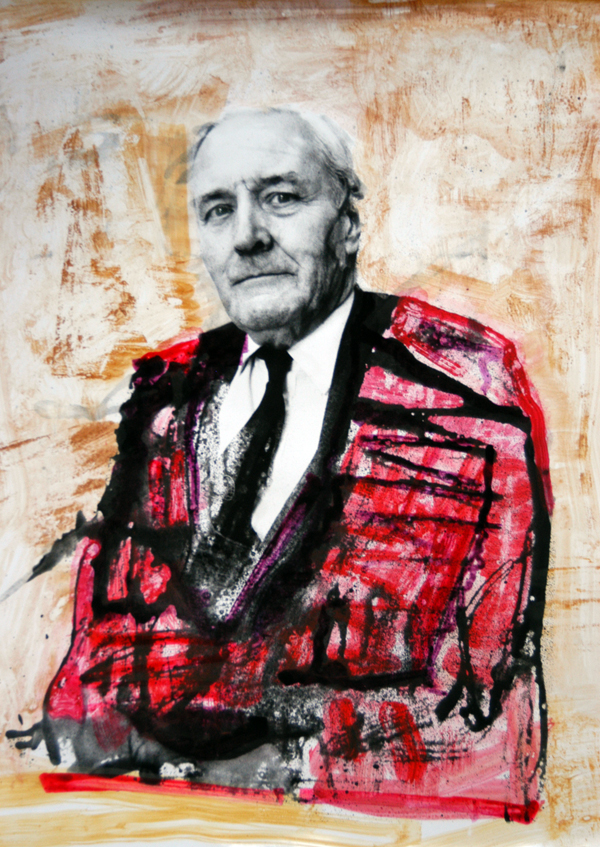
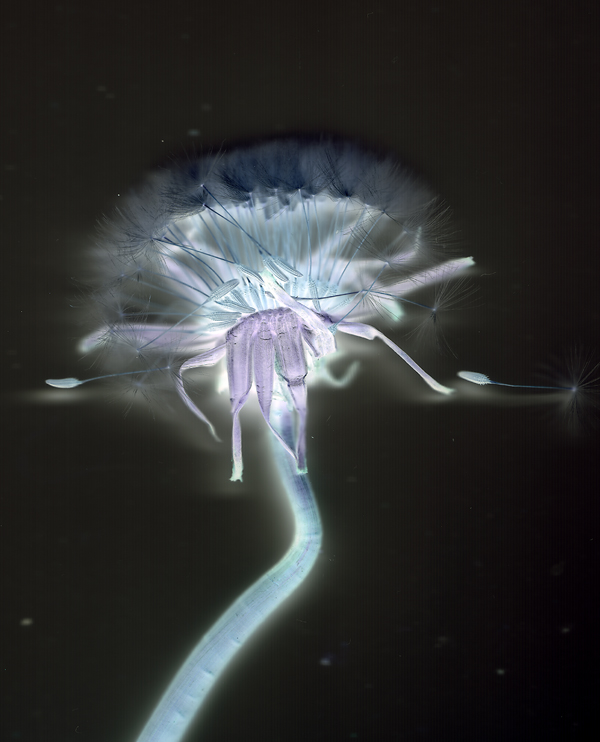
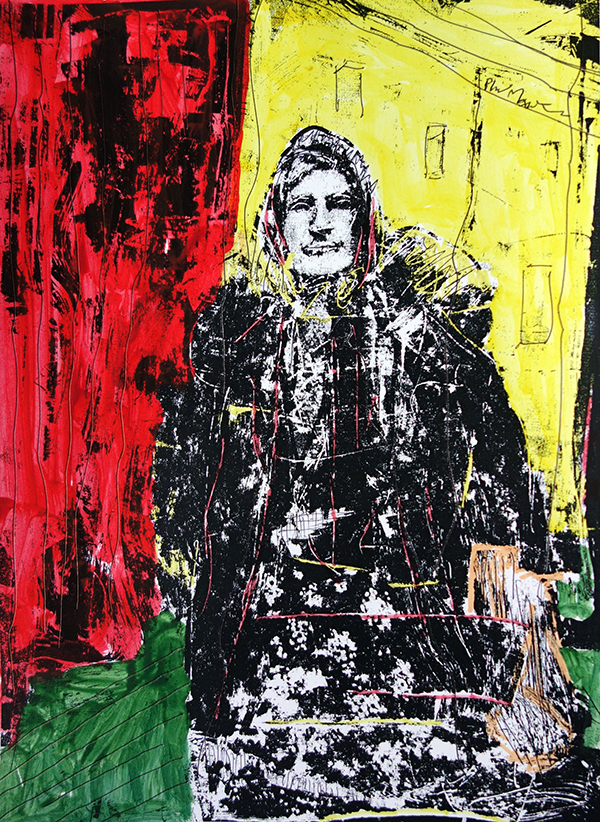
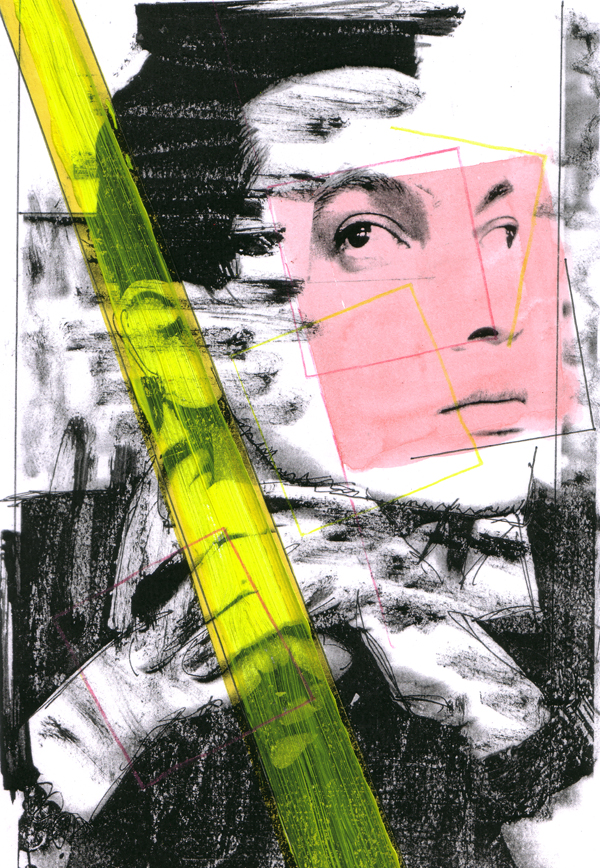
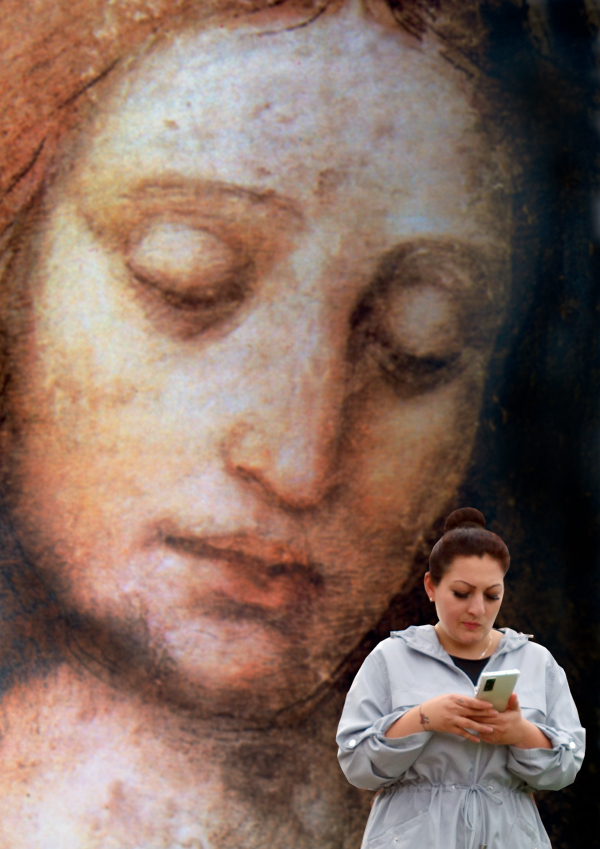
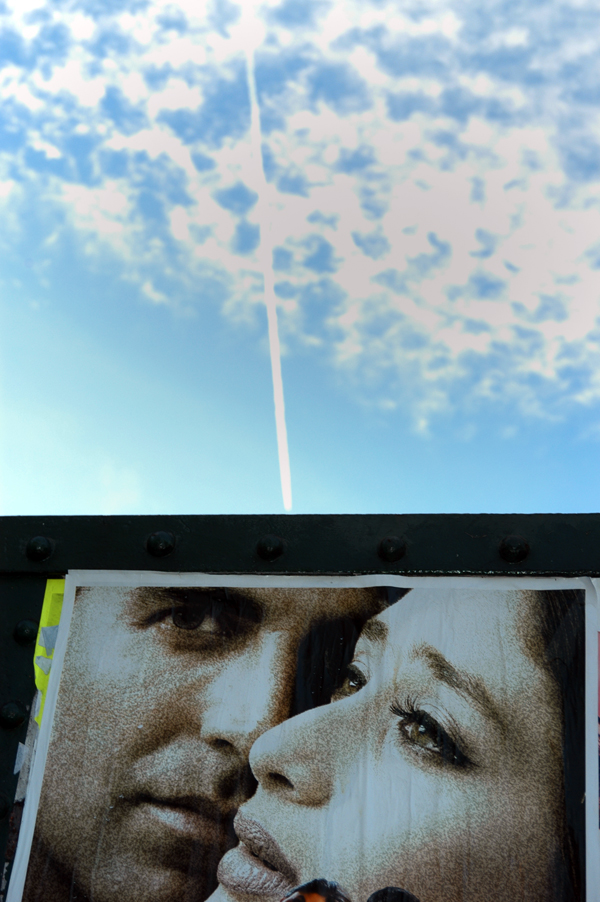
what a delightful insight into your life as a photographer, thanks for sharing the years of photography on film. i would still like to have my own darkroom, one day..